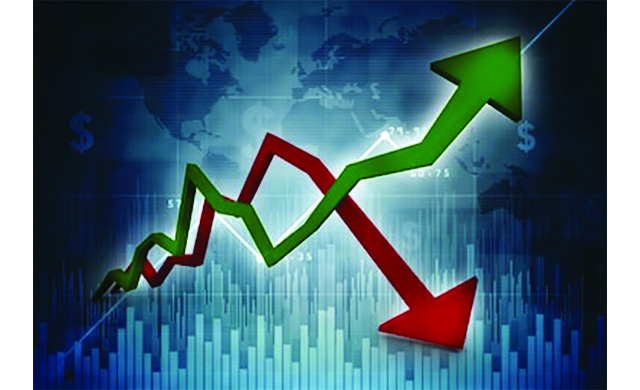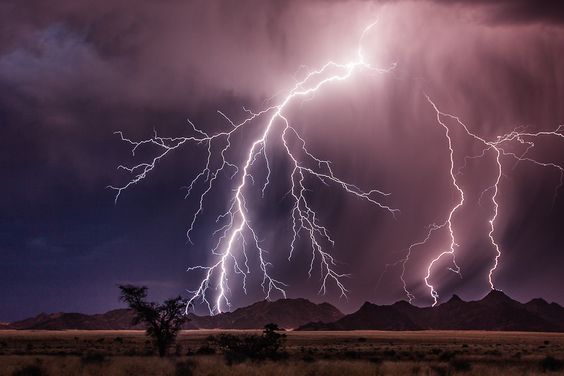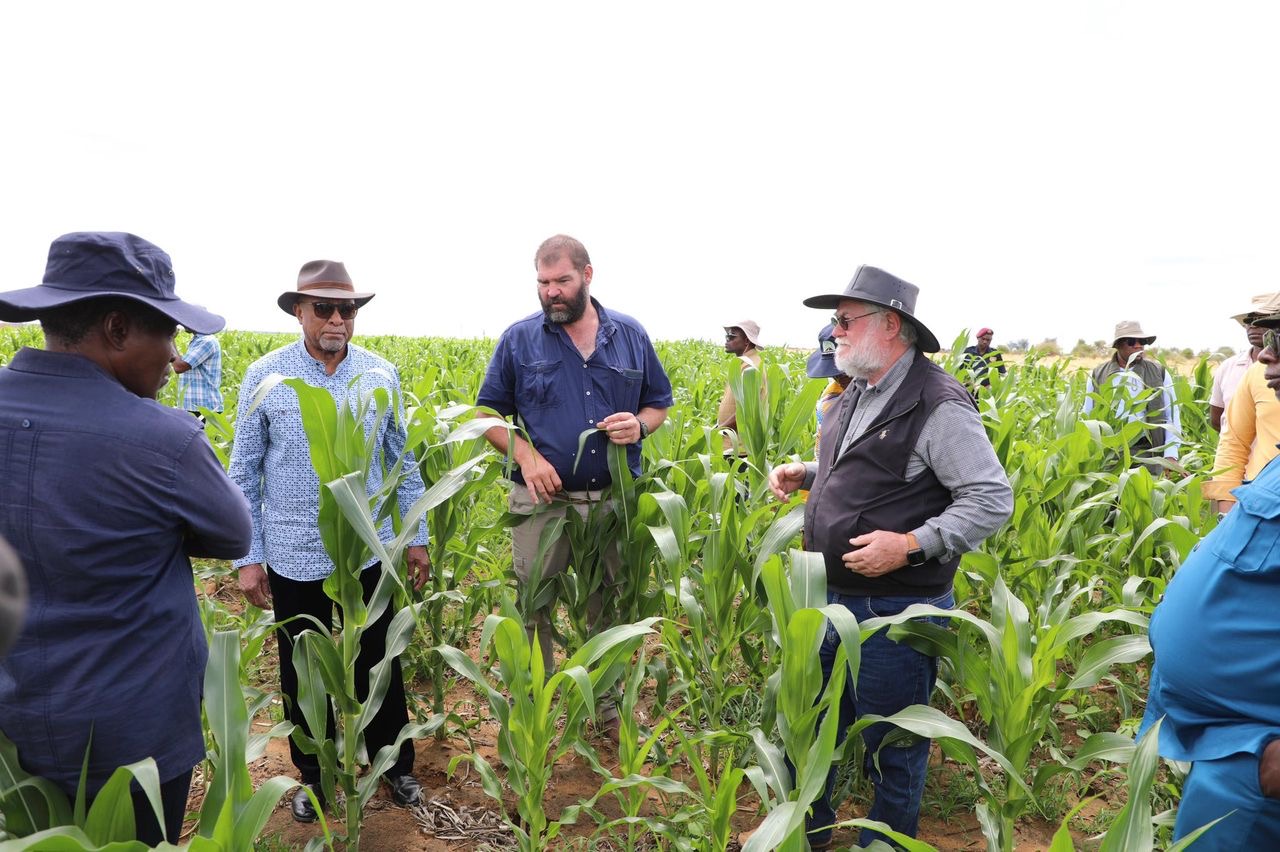ANNUAL inflation marginally lifted to 3,5% in September 2021 compared to 3,4% in August 2021, but remains below its long-run average of 5,4% since 2003.
According to a Simonis Storm Securities report released on Friday of the biggest drivers of inflation remains transport, which contributed 29,9% to the total change.
The analysis said due to increased capital expenditure (capex) by NamPower, electricity price changes may have to exceed the annual rate of inflation in the medium term.
Capex includes any spending to improve, expand or maintain a company’s fixed assets, where planned projects include biomass, wind, and solar generation projects.
These projects will be rolled out over the next five years, amounting to N$13,9 billion.
In addition to this, Namibians also face higher fuel prices given the latest increase of 30 cents per litre, which came into effect on 6 October.
This is the fifth fuel price increase for 2021.
Food and non-alcoholic beverages chipped in with 26,2%, and alcoholic beverages and tobacco with 12,0%.
Annual inflation for goods/merchandise and services recorded 4,8% and 1,7%, respectively.
“Goods inflation was mainly driven higher by oils and fats (up with 17,7%), bicycles (up by 13,0%), cars (up with 10,5%), carpets and other floor coverings (up with 10,3%) and clothing (up by 9,2%),” the report stated.
Services inflation was mainly driven by financial services (up with 27,2%), operation of personal transport equipment (up by 11,6%), and maintenance services of properties (up with 9,8%).
The report said meat prices are the biggest contributor to higher local food prices. Last month, chicken prices saw the largest annual increase, with a rise of 15,9%, with beef going up 13,0%, sausages (up with 10,1%), lamb (up by 9,2%) and pork (up by 9,0%).
“Fish continues to see the slowest pace in rising prices, recording annual inflation of 1,6%, while cooking oil prices are 26,7% more expensive on an annual basis.
“Looking at the typical food items a family would buy for a braai, such as lamb, sausage, potatoes and beer, we estimate that the average braai is 7,3% more expensive compared to a year ago,” Simonis Storm said.
Prices in the housing, water, electricity, gas, and other fuels segment are 1,3% more expensive on average.
During September the following increases were recorded on an annual basis: rent (1,3%), maintenance services of buildings (9,8%), electricity charges (1,4%), gas (3,7%), water and sewerage services (2,4%), and refuse collection (7%).
Alcoholic beverages are 1,8% more expensive on average on an annual basis.
Brandies saw the largest annual inflation rate, up with 9,3%, where sparkling wines and beers/ciders recorded annual inflation of 7,8% and 1,3%, respectively.
Moderating inflation since last year is reflective of subdued consumer spending, coupled with lower government spending in certain industries.
“While phenomena such as global supply chain bottlenecks and climate change effects provide support for cost-push inflationary pressures, we believe demand-pull inflationary pressures remain weak due to consumers remaining cautious in their spending decisions,” the report said.
Stay informed with The Namibian – your source for credible journalism. Get in-depth reporting and opinions for
only N$85 a month. Invest in journalism, invest in democracy –
Subscribe Now!










